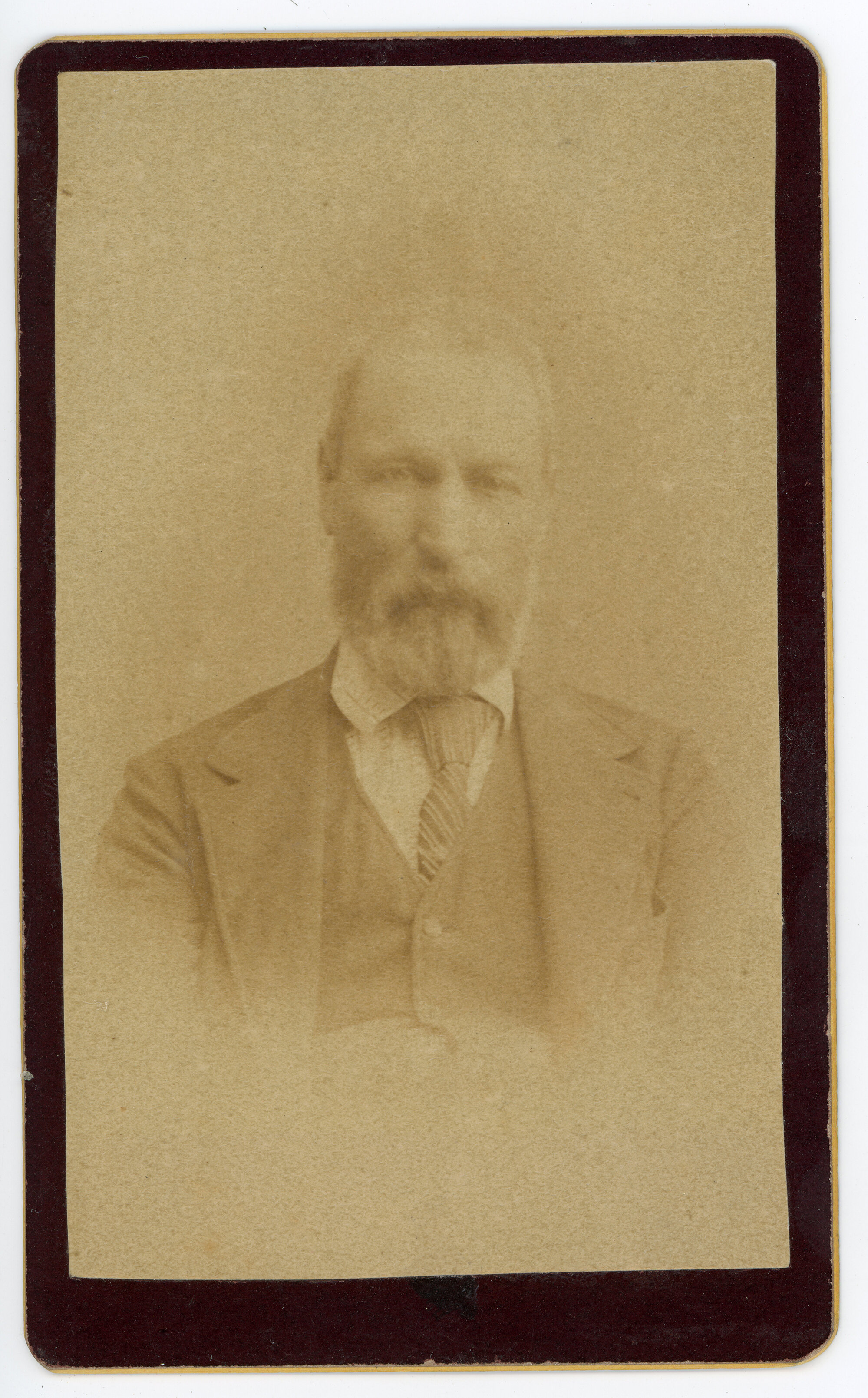above: Mobile River’s 12 Mile Island shoreline where Ben Raines, journalist and author, succeeded in his quest to locate Clotilda. Raines’ book about this challenging adventure is “The Last Slave Ship.” Photo permission granted by Ben Raines.
Africatown artist, Labbaron Lewis’ mural of The Clotida, painted near the Africatown Bridge on a 15 foot highway wall, has been featured extensively, including in publications such as National Geographic and The New York Times. Dignity Justified is honored to have within its collection a Clotilda painting by Mr. Lewis, who also graciously took time to share information about the mural and his love of art. Hence, his painting serves as the introduction the site’s Clotilda narrative.
captain foster’s account of the clotilda
Permission granted from Mobile Public Library Digital Collection
Wealthy Mobile Alabama plantation landowner and shipbuilder, Tim Meaher, wagered that he could smuggle Africans into Mobile Bay without detection from federal officials.
William Foster, Captain and builder of the schooner Clotilda, that illegally brought 110 men, women, and children into Alabama in 1860.
The Clotilda
According to the National Archives at Atlanta, Clotilda, licensed in 1855, was a cargo schooner used to transport goods/supplies throughout US ports, Mexico and Cuba. During this era, slavery still existed in the United States, however, the “Act Prohibiting Importation of Slavery, ” a federal law, was enacted in 1808. Nevertheless, the economic profit for slaves was so great that the swift ship was chartered by wealthy landowner, Tim Meaher, who sought the help of the ship’s builder, Captain William Foster to sail to the African port of Ouidah to purchase Africans.
Regarding profits—Tim bet 1,000 that he could smuggle Africans into Alabama; the purchase price for the Africans was $9,000; and the value of the African captives was worth 20 times that amount in Alabama.
A transcript of Catain Foster’s account of this voyage indicates great effort to avoid capture, “ The crew thinking our capture inevitable, refused duty and wanted to take any boats from the vessel and go on shore but could not have landed with our boats owing to the surf. While getting underway two more boats came along side with thirty five more negroes, making in all one hundred and ten; left fifteen on the beach having to leave in haste. All under headway, both steamers changed their course to intercept us, the wind being favourable; in a short time we knew we were outsailing them; then my crew showed their appreciation for not letting them take my boats to go on shore; in four hours were out of sight of land and steamers.”
Other information included in the document provides a glimpse into the demand for slaves at this particular port:, “…we went to the warehouse where they had in confinement four thousand captives in a state of nudity.”
After bringing the African “new slaves” into Alabama’s Mobile Bay in 1860, the ship was burned to conceal the criminal voyage. The descendants of the captured Africans passed down stories of their ancestors and the slave vessel, while many outside their community regarded the stories as folklore.
Citation: Last Slaver from U.S. to Africa. A.D. 1860,” Mobile Public Library Digital Collections, accessed January 5, 2021, http://digital.mobilepubliclibrary.org/items/show/1802.
Find archeological information and press releases here: Alabama Historical Commission - Celebrate 50 Years of Impact: Our Legacy, Our Future




